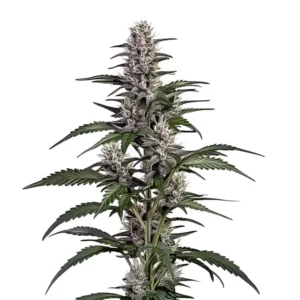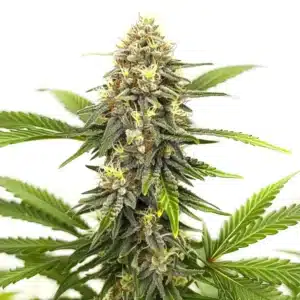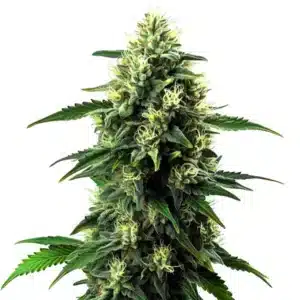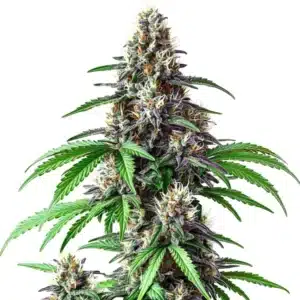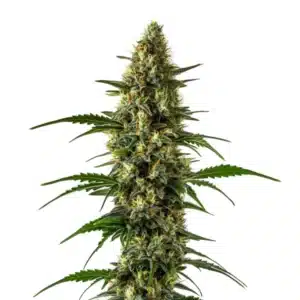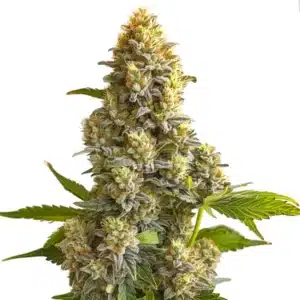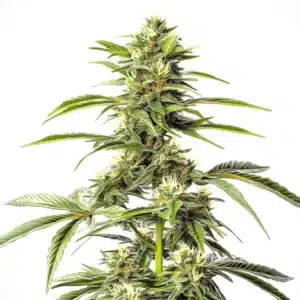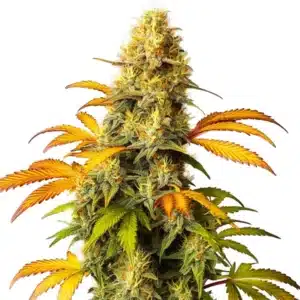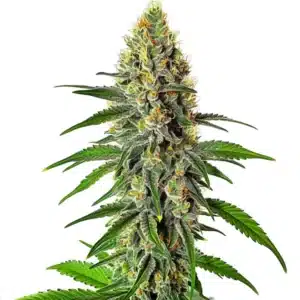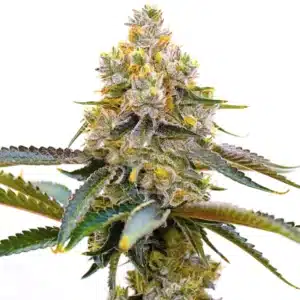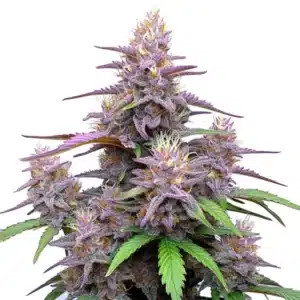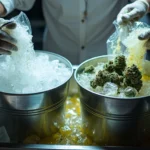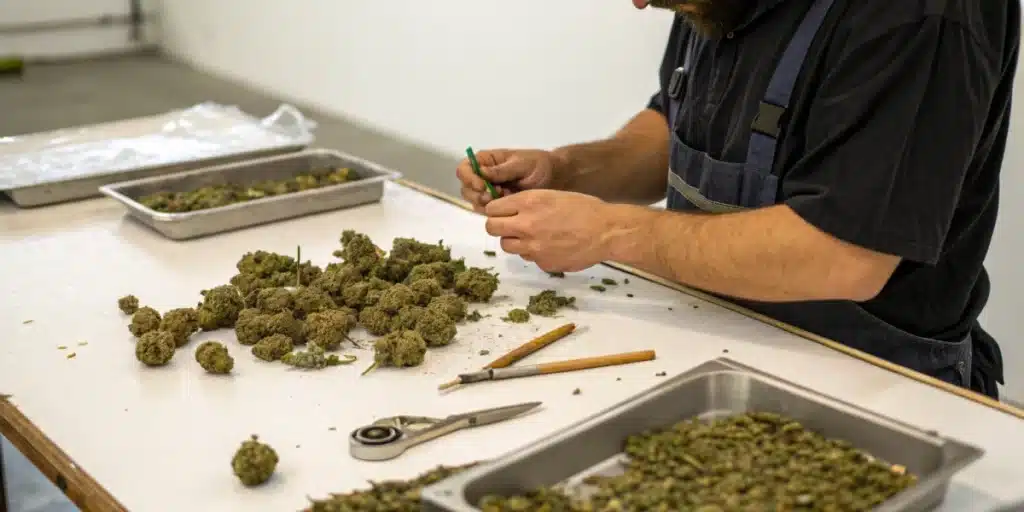
Process of Making Hash: Crafting and Protecting Plants
Hashish, commonly known as hash, boasts a rich and storied history that dates back thousands of years. Its origins can be traced to regions like the Middle East and Central Asia, where ancient cultures first discovered the potent resinous secretions of the cannabis plant. These early pioneers recognized hash’s unique properties, using it for medicinal, recreational, and spiritual purposes. Over the centuries, the process of making hash evolved, incorporating new techniques and methods as it spread across continents. This evolution reflects the adaptability of hash production, illustrating how different cultures integrated their own innovations while preserving the essence of this cherished cannabis concentrate.
In the modern era, weed hash has gained significant popularity, both as a recreational product and as a topic of academic interest. Enthusiasts and scholars alike delve into its historical roots, unraveling the cultural significance and the intricate artistry involved in its creation. The process of making weed hash has become a symbol of cannabis culture, celebrating both traditional practices and contemporary advancements. As we explore this captivating journey, it becomes evident that the art of hash making is not just about the end product but also about the stories, traditions, and innovations that have shaped its development over the years.
Recommended Strains
Afghan Autoflower
|
|
THC | 15% - 17% (Medium) |
|
|
Type | Autoflowering |
|
|
Yield | Medium |
|
|
Phenotype | 90% Indica / 10% Sativa |
Afghan Hash Plant Regular
|
|
THC | 18% - 22% (Medium) |
|
|
Type | Regular |
|
|
Yield | Medium |
|
|
Phenotype | 90% Indica / 10% Sativa |
Basic Concepts of Hash Production
Knowing the fundamental principles behind hash production is crucial for anyone interested in this fascinating craft. At its core, the process of making hash involves separating the trichomes, which are the resinous glands of the cannabis plant, from the plant material itself. Trichomes contain the majority of the plant’s cannabinoids and terpenes, making them the primary focus of hash producers. To achieve this separation, various methods are employed, each with its own unique characteristics and outcomes. These methods can range from traditional hand-pressing techniques to modern mechanical processes, each offering a distinct experience and product.
One of the key aspects of hash production is the quality of the starting material. The potency, flavor, and overall quality of the hash depend heavily on the cannabis plant used. Factors such as strain selection, cultivation practices, and post-harvest handling all play significant roles in determining the final product. Additionally, the choice of extraction method can influence the texture, color, and potency of the hash. By mastering these fundamental concepts, hash makers can experiment with different techniques and materials, crafting unique and personalized products that showcase the full potential of the cannabis plant.
Promos & Deals
Equipment and Materials Needed
Essential Tools and Supplies
Embarking on the journey of making cannabis plant hash requires a keen understanding of the essential tools and supplies necessary for the process. At the heart of this endeavor are the sieves or screens, which play a critical role in separating the precious trichomes from the plant material. These screens come in various mesh sizes, allowing hash makers to control the purity and texture of the final product. Alongside screens, other indispensable tools include pollen presses, used for compacting the loose trichomes into a solid form, and collection trays that facilitate the gathering of sifted resin.
Another vital component in the hash-making toolkit is the use of dry ice or ice water, depending on the chosen method. These elements aid in the extraction process by making the trichomes more brittle and easier to separate. For enthusiasts opting for bubble hash production, specialized bags known as bubble bags are employed. These bags come in a range of micron sizes, allowing for the collection of varying grades of hash. In addition to these core tools, having clean, sanitized work surfaces and storage containers is crucial to preserving the integrity and quality of the hash throughout the process.
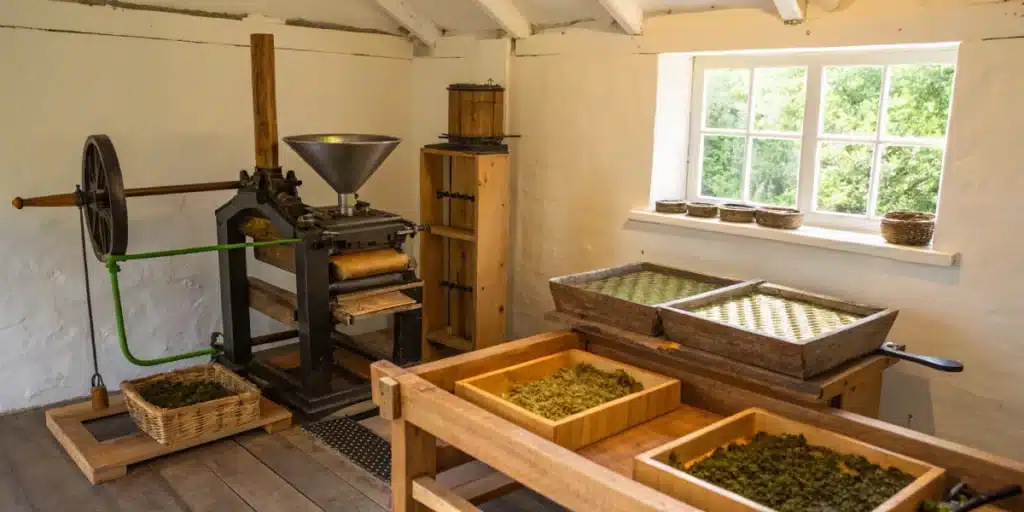
Selecting Quality Cannabis Material
The foundation of exceptional hash lies in the selection of high-quality cannabis material. The process of making hash can only be as good as the starting material, making it imperative to choose cannabis that is rich in trichomes and free from contaminants. When selecting cannabis for hash production, factors such as strain genetics, cultivation methods, and harvest timing play pivotal roles. Strains with high resin production are particularly desirable, as they yield more potent and flavorful hash.
Cultivation practices significantly impact the quality of the cannabis material. Organic growing methods and optimal nutrient regimens contribute to the health and resin production of the plants. Furthermore, the timing of the harvest is crucial; harvesting too early or too late can affect the terpene and cannabinoid profiles of the plant, ultimately influencing the hash’s flavor and potency. To maximize the quality of the hash, careful attention should be paid to the drying and curing process as well. Properly cured cannabis ensures that the trichomes remain intact and the final product retains its full spectrum of flavors and effects.
Step-by-Step Extraction Process
Overview of Extraction Methods
The process of making hash encompasses a variety of extraction methods, each offering unique benefits and characteristics. Among the most popular techniques are dry sifting, bubble hash extraction, and hand-pressed methods. Dry sifting involves mechanically separating trichomes using fine sieves, resulting in a powdery, kief-like hash. This method is favored for its simplicity and ability to produce a product rich in flavor and aroma. On the other hand, bubble hash utilizes ice water and agitation to separate trichomes, yielding a cleaner and more refined product. The use of bubble bags allows hash makers to collect different grades of hash, offering a diverse range of textures and potencies.
Hand-pressed methods, also known as charas, are deeply rooted in tradition and involve manually rolling the cannabis flowers between the hands to collect the resin. This method is celebrated for its artisanal nature and the unique characteristics it imparts to the hash. Each of these extraction methods has its own nuances, and choosing the right technique depends on the desired outcome and available resources. By exploring these methods, hash enthusiasts can tailor their approach to produce hash that aligns with their preferences and showcases the best qualities of the cannabis plant.
Key Steps in the Process
Navigating the key steps in the process of making hash requires a blend of precision and artistry. Regardless of the chosen extraction method, the journey begins with preparing the cannabis material. This involves thoroughly drying and freezing the plant material to make the trichomes more brittle and easier to detach. Once prepared, the extraction process can commence, with the chosen method dictating the specific steps involved. For dry sifting, the cannabis material is gently agitated over a series of screens, allowing the trichomes to fall through and be collected.
In bubble hash production, the cannabis is mixed with ice water and agitated to dislodge the trichomes. This mixture is then filtered through bubble bags, separating the trichomes based on size and density. The collected hash is carefully dried to preserve its quality and potency. Hand-pressed methods involve a more tactile approach, with the resin being manually rolled and shaped into a cohesive mass. Each step in the process requires attention to detail and an understanding of the desired characteristics of the final product. By mastering these key steps, hash makers can produce a product that reflects both their skill and the inherent qualities of the cannabis material.
Techniques and Variations
Dry Sift vs. Bubble Hash
The choice between dry sift and bubble hash represents a fundamental decision in the process of making hash, each offering distinct advantages and characteristics. Dry sift hash is renowned for its simplicity and the rich, terpene-heavy profile it produces. The method involves using a series of fine screens to separate the trichomes from the plant material. The resulting product is often golden to light brown in color and possesses a texture that ranges from powdery to slightly sticky. This technique is favored by those who appreciate the natural, unaltered flavors of the cannabis plant.
Conversely, bubble hash provides a cleaner and more refined product, achieved through the use of ice water and bubble bags. The process involves agitating the cannabis material in cold water, causing the trichomes to break off and be collected through a series of progressively finer mesh bags. Bubble hash is celebrated for its purity and potency, often resulting in a product that is lighter in color and more pliable than dry sift. The choice between these two methods depends largely on personal preference and the desired characteristics of the final hash. Both techniques exemplify the artistry and skill involved in hash production, offering unique experiences for both the producer and the consumer.
Hand-pressed Methods
Exploring hand-pressed methods in the process of making hash reveals a deep connection to traditional practices and artisanal craftsmanship. Hand-pressed hash, also known as charas, involves manually collecting the resin from fresh cannabis flowers. This technique is often practiced in regions where cannabis is grown abundantly and is celebrated for its rich history and cultural significance. The process begins with selecting fresh, resin-rich cannabis buds, which are then gently rolled between the palms to collect the sticky trichomes. This method requires patience and skill, as the pressure and motion applied during rolling significantly influence the final product’s texture and consistency.
The resulting hash is typically dark and pliable, with a robust flavor profile that reflects the terpenes and cannabinoids of the starting material. Hand-pressed methods offer a unique sensory experience, allowing hash makers to connect with the plant on a more intimate level. This artisanal approach celebrates the traditional roots of hash production while also allowing for creative expression and experimentation. For those seeking a hands-on, immersive experience, hand-pressed hash offers a rewarding journey into the rich world of cannabis concentrates.
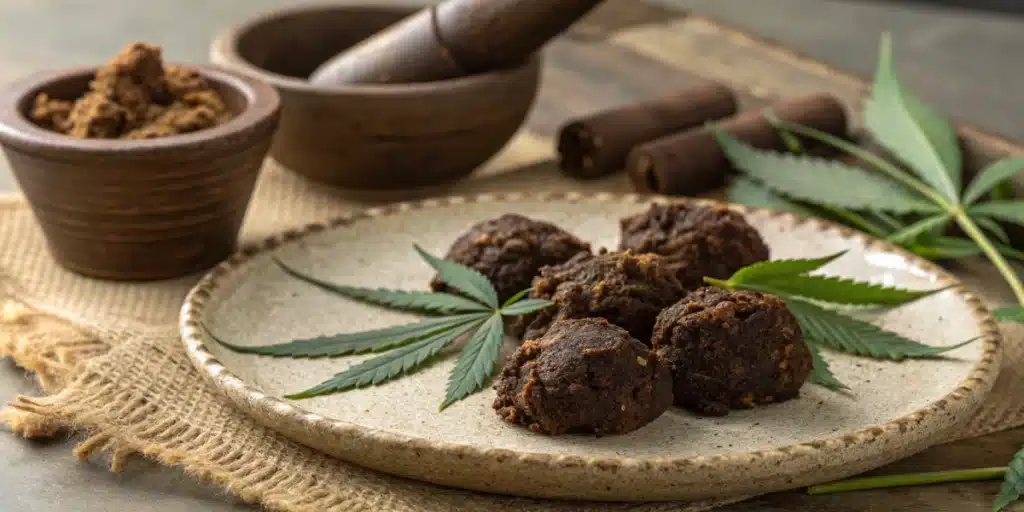
FAQs about process of making hash
What are the traditional steps in making hash?
Traditional hash-making steps often involve selecting high-quality cannabis material, drying and curing it properly, and then using simple tools to separate the trichomes. Techniques such as hand-rolling or using sieves are commonly employed to gather the resin. The focus is on preserving the natural flavors and effects of the cannabis plant, resulting in a product that reflects the plant’s original characteristics. Whether using age-old methods or incorporating modern tools, the essence of traditional hash making lies in its simplicity and the connection it fosters with the plant.
What equipment is necessary for hash production?
Essential equipment for hash production includes sieves or screens, pollen presses, and collection trays. For those pursuing bubble hash, bubble bags and ice water become necessary components. Each piece of equipment serves a specific role in the extraction process, from separating trichomes to compacting the final product. Quality tools are crucial for achieving the desired purity and potency, allowing hash makers to control the texture and flavor profile of their creation. Additionally, ensuring a clean working environment and proper storage containers is vital for maintaining the integrity of the hash.
How do different methods affect the final product?
Different hash-making methods significantly impact the texture, flavor, and potency of the final product. Dry sift hash tends to be rich in terpenes and retains the natural flavors of the cannabis plant, while bubble hash offers a cleaner, more refined product with varying grades of quality. Hand-pressed hash provides a unique artisanal experience, resulting in a product that is pliable and full-bodied. Each method highlights different aspects of the cannabis plant, allowing hash makers to tailor their approach to achieve specific sensory characteristics and effects. Through experimentation and practice, the nuances of each method can be harnessed to create exceptional hash that showcases the best of the cannabis plant.


